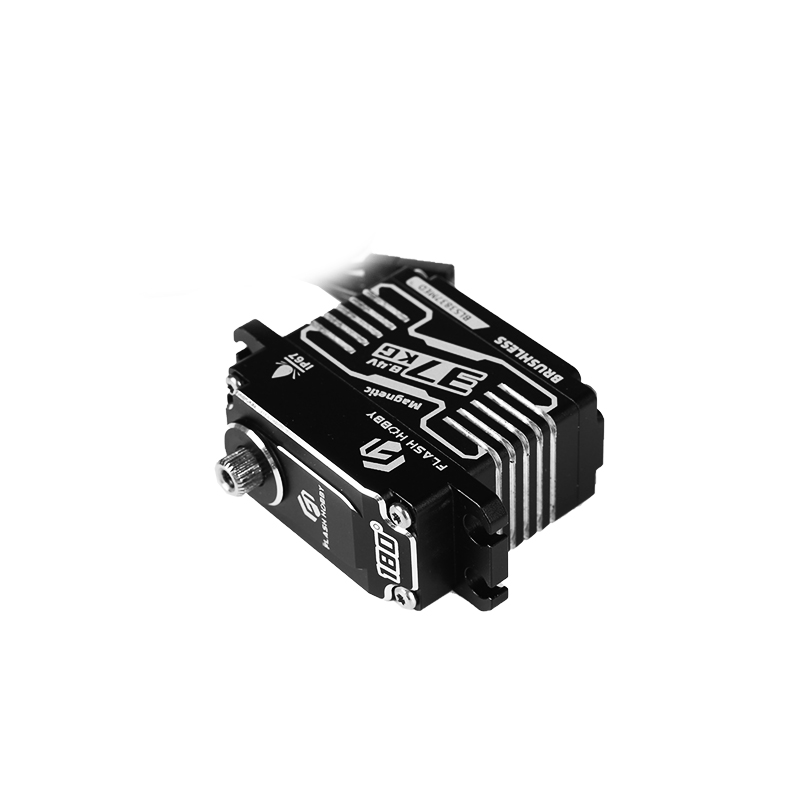Unveiling the Magnetic Servo: A Revolution in Precision Control
2023-11-29
Introduction:
In the realm of precision control systems, the emergence of magnetic servo technology represents a transformative leap forward. The traditional servo systems, while reliable, have found a compelling challenger in the form of magnetic servos. In this blog, we will unravel the mysteries of the magnetic servo, exploring its workings and discerning how it differs from its traditional counterparts.
The Traditional Servo Landscape:
1. Understanding Traditional Servos:
Traditional servo systems have long been the stalwarts of precision control. These systems typically consist of a motor, a feedback device, and a controller. The feedback device, often an encoder, relays information about the motor's position to the controller, allowing for precise control over the motor's movements.
2. Mechanical Components:
Traditional servos often rely on mechanical components such as gears and brushes. While effective, these mechanical elements introduce wear and tear over time, impacting the system's longevity and requiring periodic maintenance.
3. Control Mechanism:
The control mechanism in traditional servos operates based on pulse-width modulation (PWM), adjusting the duty cycle of the input signal to regulate the motor's speed and position.
Enter the Magnetic Servo:
1. Magnetic Servo Technology:
Magnetic servos, on the other hand, leverage advanced magnetic principles to achieve precision control without some of the limitations associated with traditional systems. These servos use magnetic fields for both position sensing and motor control.
2. Direct Drive Technology:
One of the key distinctions is the use of direct drive technology in magnetic servos. Direct drive eliminates the need for mechanical components like gears, resulting in a more streamlined and efficient system.
3. Magnetic Position Sensing:
BLS3837MED 37KG BLS Servos often employ non-contact position sensing mechanisms based on magnetic encoders. This method eliminates wear and tear associated with traditional encoders, offering higher reliability and longevity.
4. Brushless Motors:
Magnetic servos commonly feature brushless motors, which contribute to smoother operation and reduced maintenance requirements. The absence of brushes minimizes friction, leading to less heat generation and improved efficiency.
Advantages of Magnetic Servos:
1. Precision and Accuracy:
Magnetic servos excel in providing unparalleled precision and accuracy in motion control. The non-contact nature of magnetic sensing ensures consistent and reliable position feedback.
2. Reduced Wear and Maintenance:
The elimination of mechanical components like gears and brushes in BLS3837MED 37KG BLS Servos translates to reduced wear and maintenance requirements. This contributes to longer service life and increased reliability.
3. High Torque and Power Density:
Magnetic servos often achieve high torque and power density, allowing for robust performance in a compact form factor. This is particularly beneficial in applications where space is a critical consideration.
4. Smooth and Quiet Operation:
The absence of mechanical components and the use of brushless motors contribute to a smoother and quieter operation in magnetic servos. This is advantageous in applications where noise levels must be minimized.
Conclusion: A New Era of Precision Control
As we navigate the evolving landscape of precision control systems, the magnetic servo stands as a beacon of innovation, offering a glimpse into a future where efficiency, reliability, and precision seamlessly converge. By harnessing the power of magnetic fields and embracing direct drive technology, magnetic servos redefine the possibilities in robotics, medical devices, aerospace, and beyond. The traditional servo systems, while venerable, now share the stage with a new contender, heralding a new era of precision control in the dynamic world of advanced technologies.



